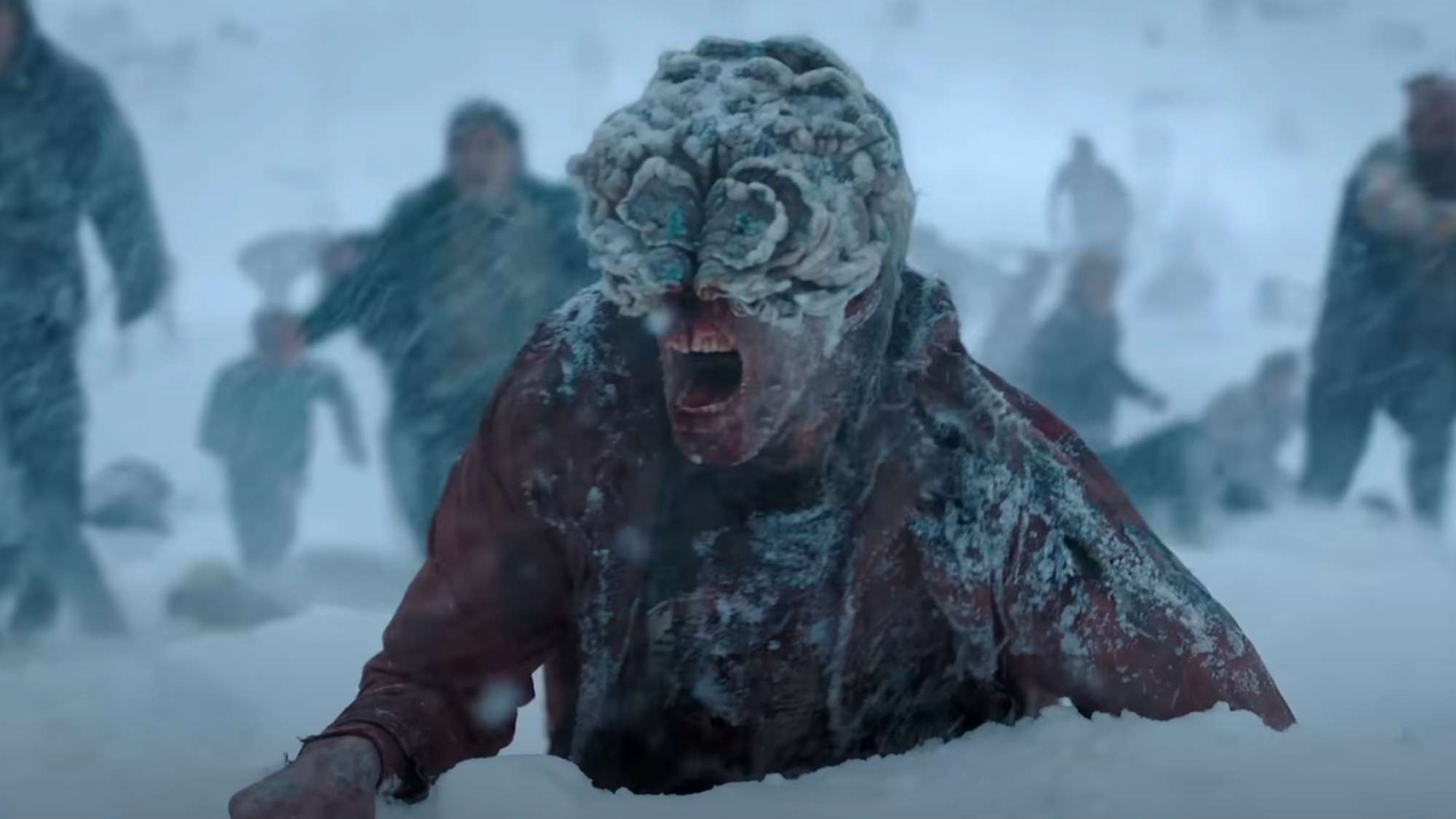All the different types of 'The Last of Us' zombies you'll meet in season 2
'TLOU' creators have teased that fans can expect 'an escalation' of the infected apocalypse in season 2

"The Last of Us" franchise has differed from other entries in the so-called zombie genre, simply because the zombies aren't actually zombies.
Rather, they're folks who succumbed to a pandemic caused by Cordyceps, a mass fungal infection, which horrifically turns its hosts into zombie-like creatures that attack any uninfected human and animals on sight.
And though "TLOU" creator Neil Druckmann has previously told The Hollywood Reporter that he "wanted to do the opposite" of other zombie-focused franchises like "Resident Evil" and "28 Days Later" by instead focusing on "intimate relationships" affected by that pandemic, there are still terrifying creatures aplenty across not only the original video game series but also its HBO adaptation, which returns with its second season on HBO and Max on Sunday, April 13.
And there will be even more zombie-like horrors when the dystopian drama debuts those new episodes, as we'll see various takes on The Infected throughout season 2, with each development stage more dangerous than the last. Among them are:
- Runners: The most recently infected folks are defined by their speed and clumsy attacks
- Stalkers: Individuals who have been infected between two weeks and one year; they get their name from hiding and stalking their prey in the dark
- Clickers: Those that have prolonged exposure to the fungus for at least a year and possess strength that significantly surpasses the average human. They're known for the clicking noise they make, as well the crowns of fungal growth in their faces and heads.
- Bloaters: Having been infected for several years, Bloaters are blind because of the fungal deformation on their faces; they compensate by using bat-like echolocation to attack survivors. They're also incredibly strong and sport an armor of thick fungus.
- Shamblers: These guys are similar to Bloaters; except they're typically found in the water. They are especially deadly, as they can spray acid at their prey and fire acidic spores from their bodies.
A post shared by The Last of Us (@thelastofus)
A photo posted by on
And speaking of the Infected, season 2 will reportedly see the return of airborne spores, a hallmark of the video game series that was initially set aside in favor of more cinematic-looking tendrils in the HBO show's first season.
Speaking at SXSW earlier this month, Druckmann and "TLOU" showrunner Craig Mazin discussed reintroducing the super-contagious spores into the world, which will significantly up the threat level for survivors like Joel (Pedro Pascal) and Ellie (Bella Ramsey).
"Yeah, there's an escalation of numbers and types of infected. But also, as you see in the trailer, an escalation of the vector of how this thing spreads," Druckmann said. "Season 1, we had this new thing that wasn't in the game, like these tendrils that spread. And that's that was one form. And then this one shot you see in this trailer, there are things in the air."
Sign up to get the BEST of Tom's Guide direct to your inbox.
Get instant access to breaking news, the hottest reviews, great deals and helpful tips.
Druckmann added there’s “a dramatic reason" for introducing the spore element now, so we'll have to wait to see how that all unfolds with the Infected next season.
Tom's Guide will keep you posted on all things related to "The Last of Us" season 2 ahead of next month's big premiere, including new trailers, production stills, character details, plot points and more.
More on Tom's Guide

Christina Izzo is a writer-editor covering culture, food and drink, travel and general lifestyle in New York City. She was previously the Deputy Editor at My Imperfect Life, the Features Editor at Rachael Ray In Season and Reveal, as well as the Food & Drink Editor and chief restaurant critic at Time Out New York.
You must confirm your public display name before commenting
Please logout and then login again, you will then be prompted to enter your display name.
